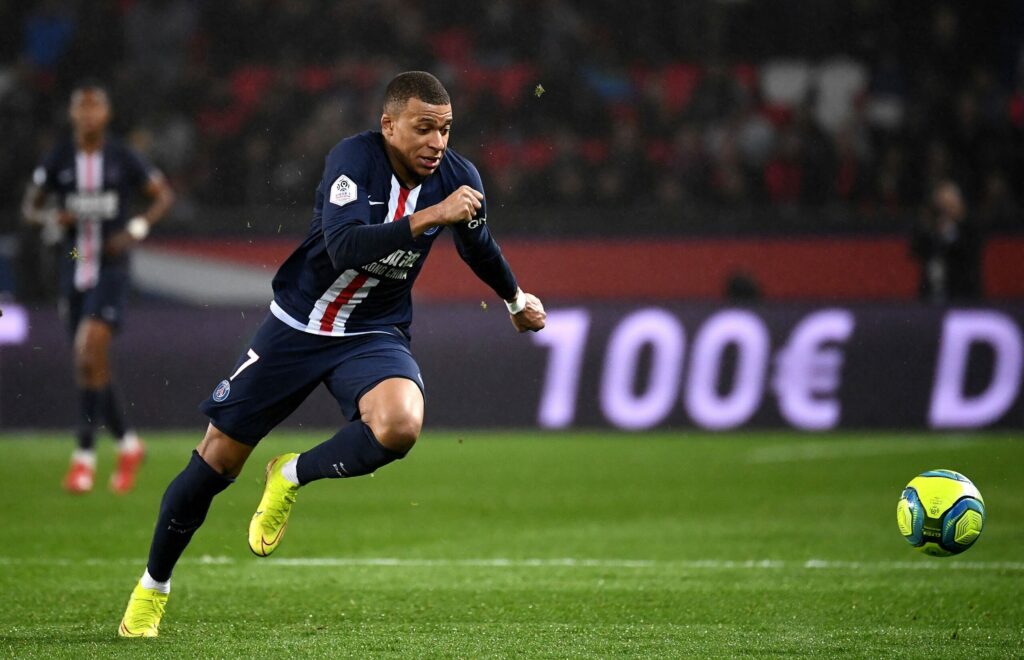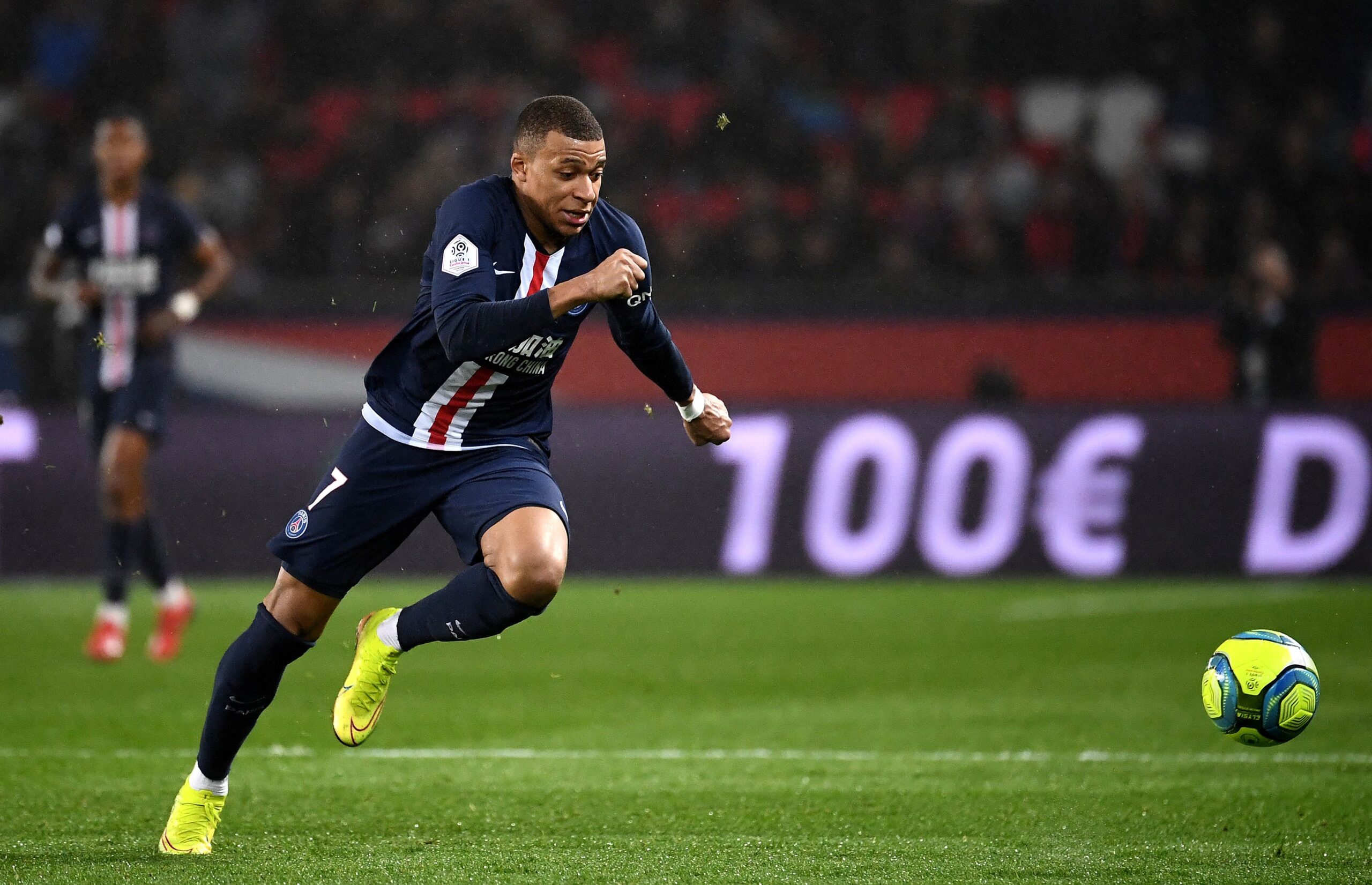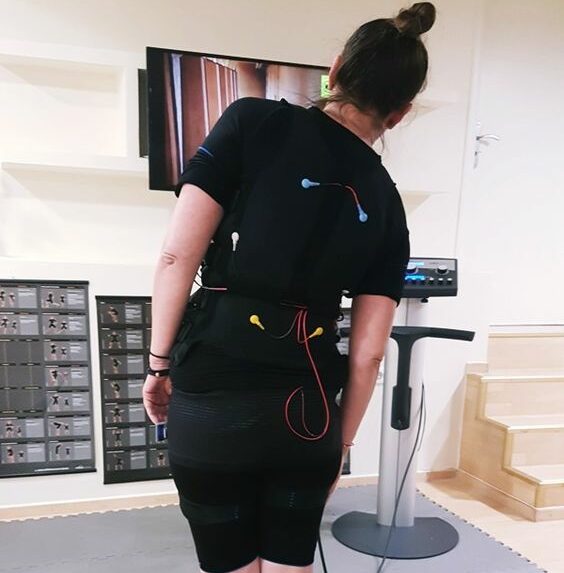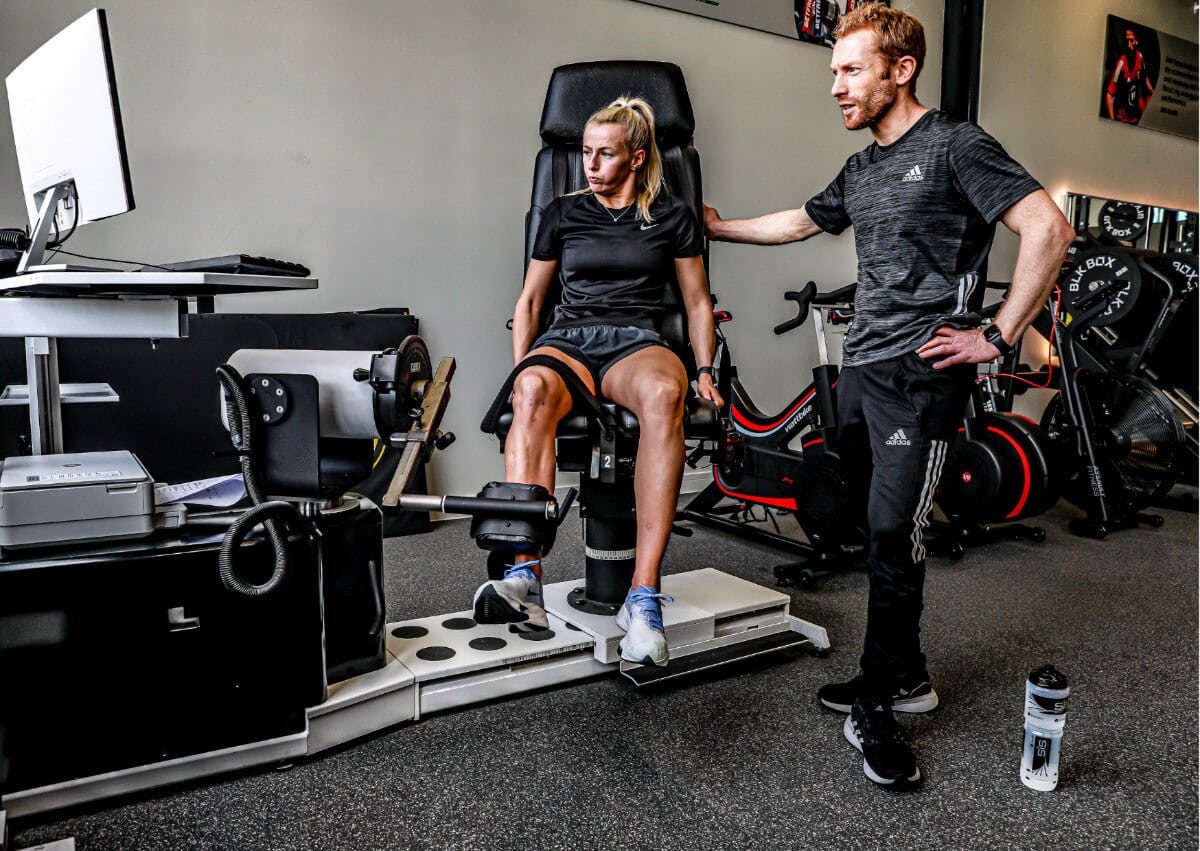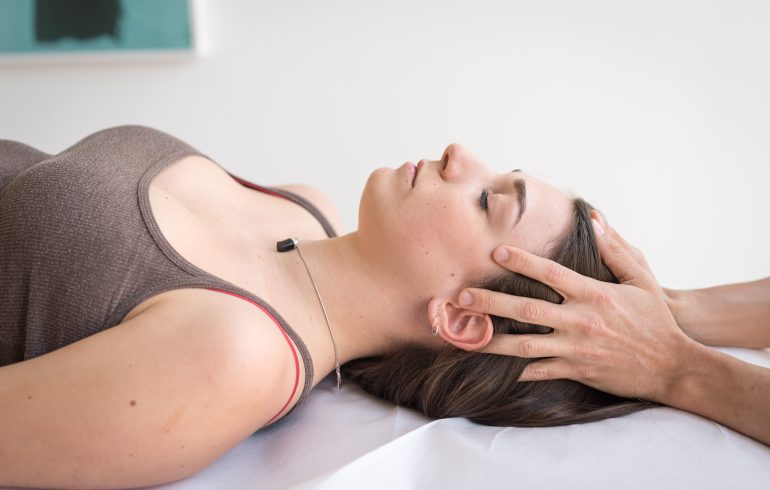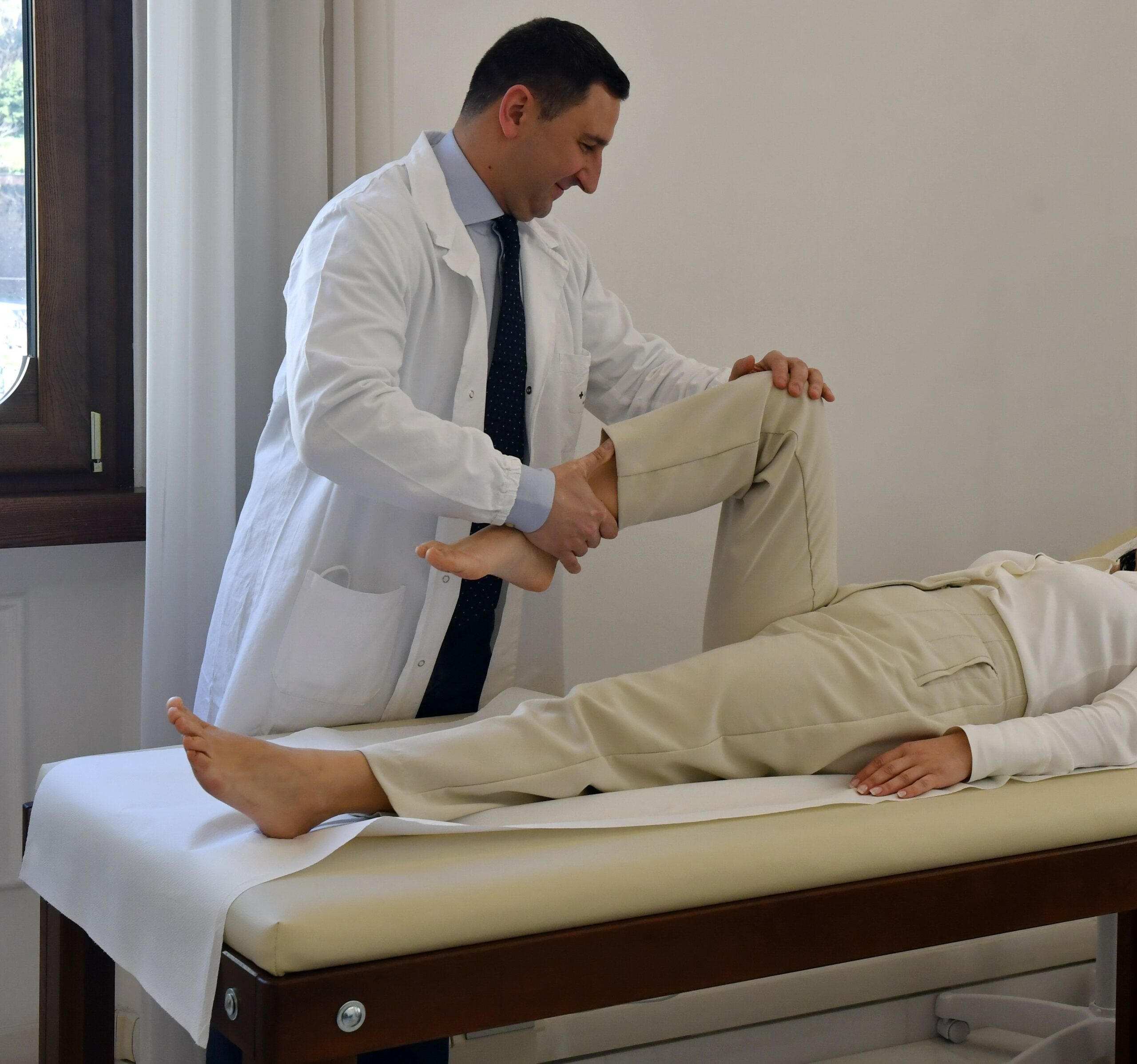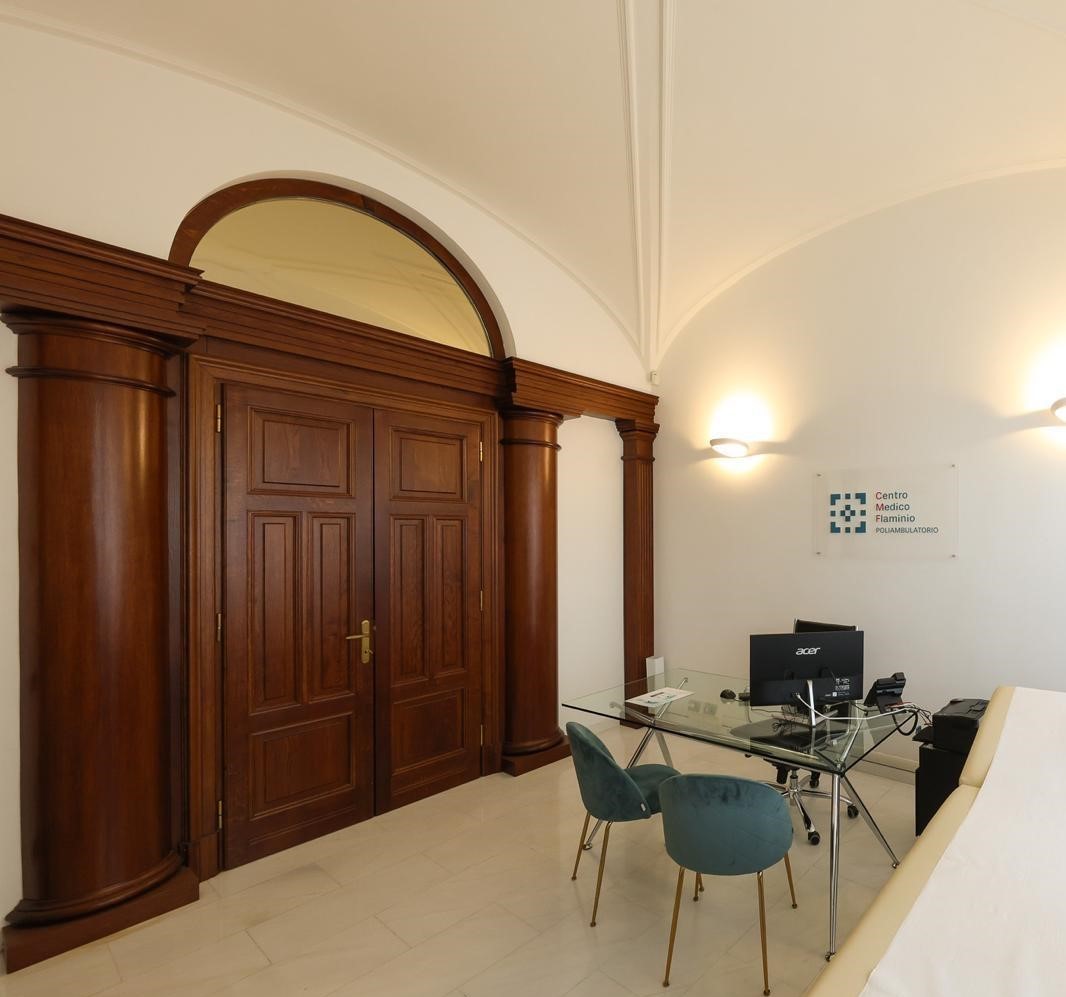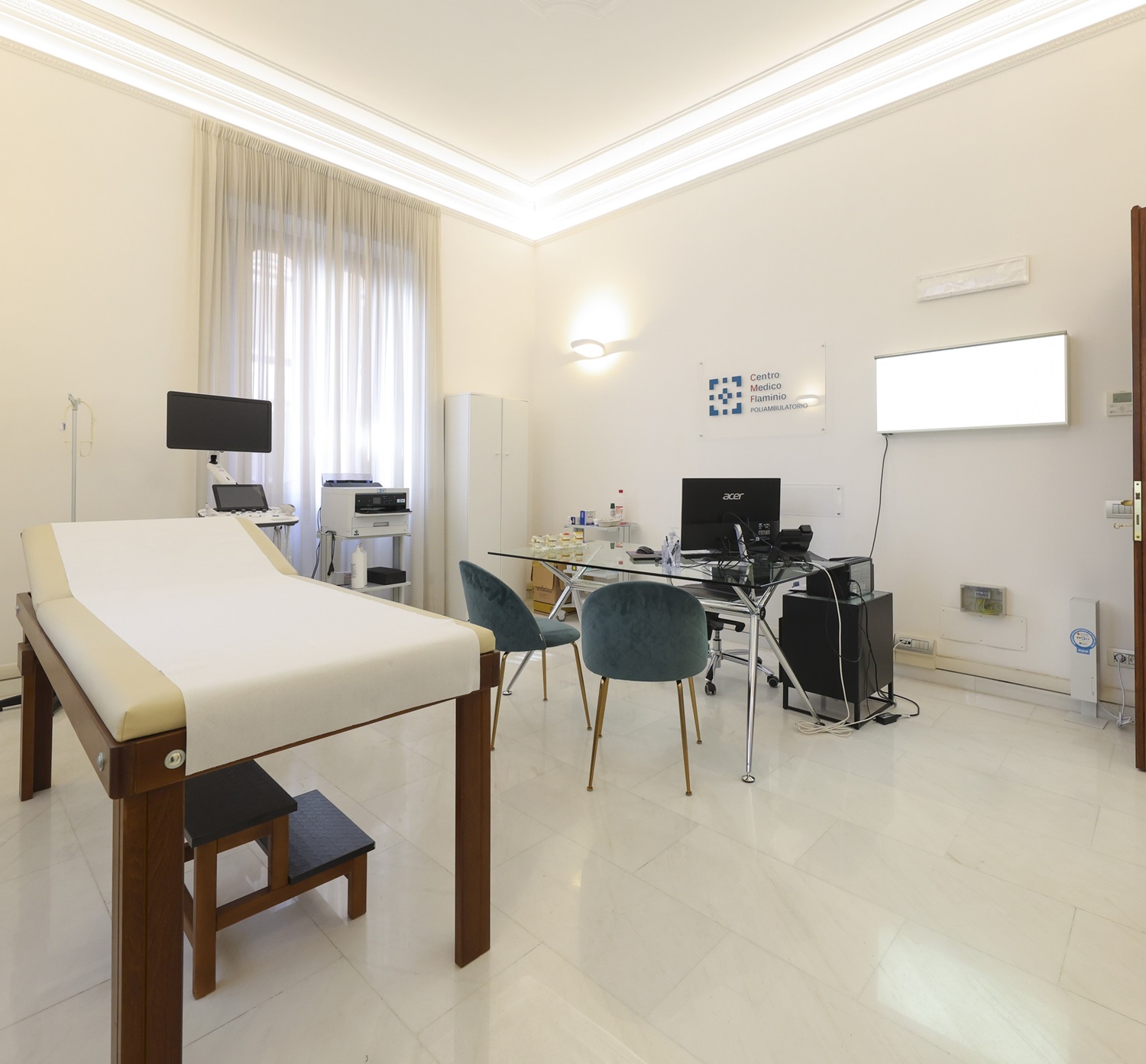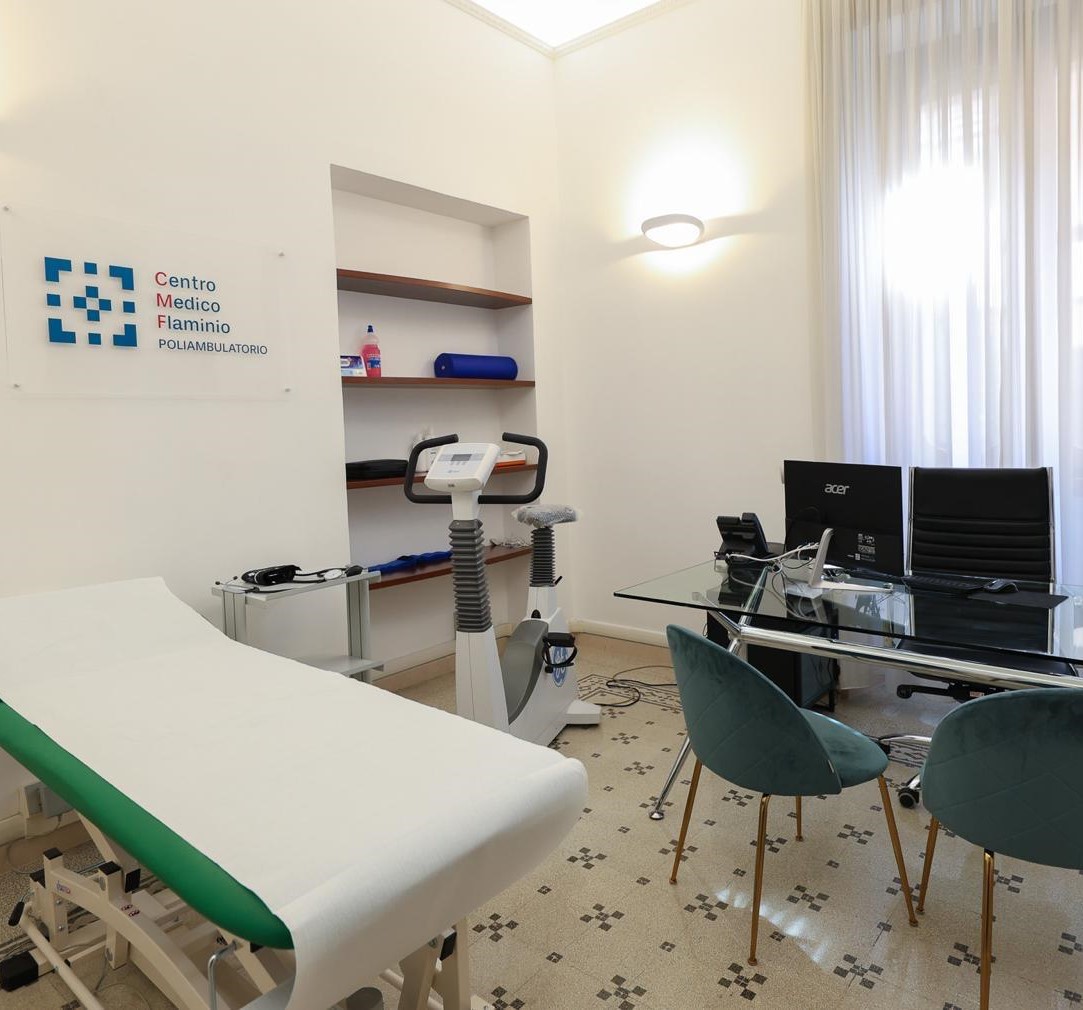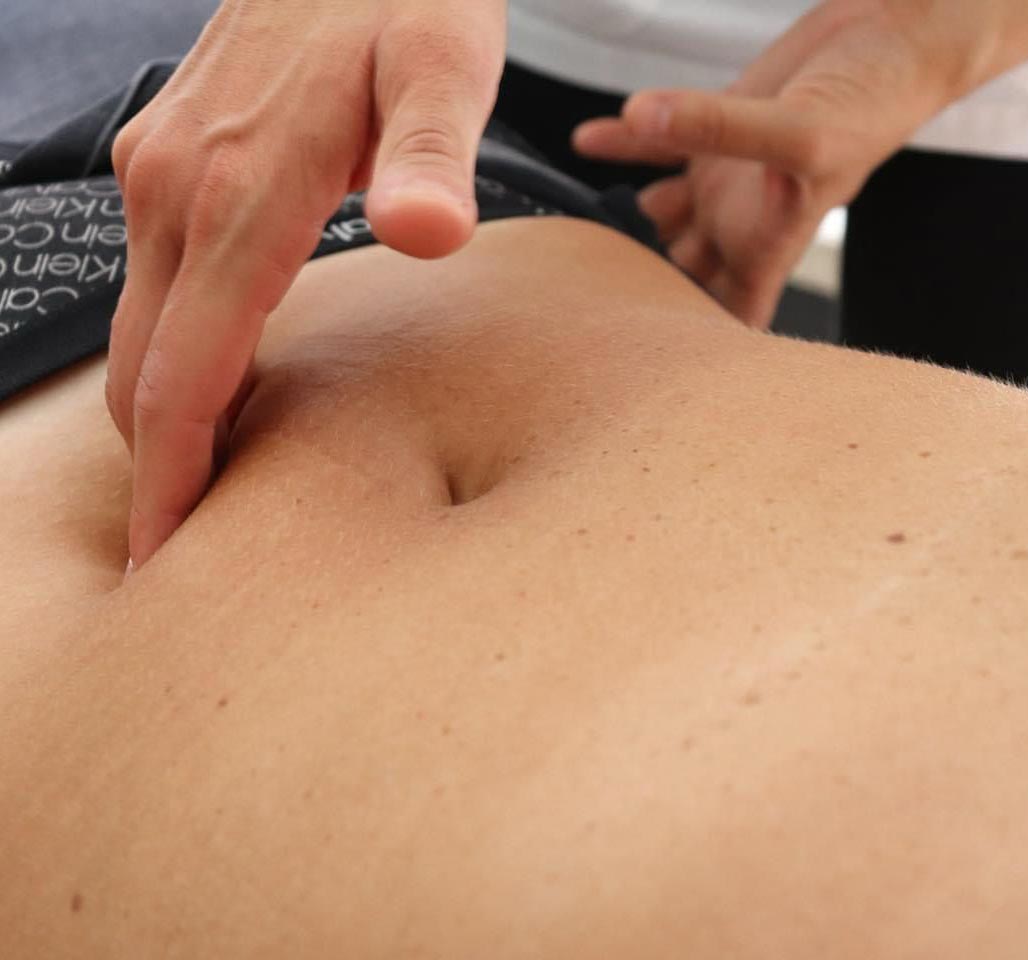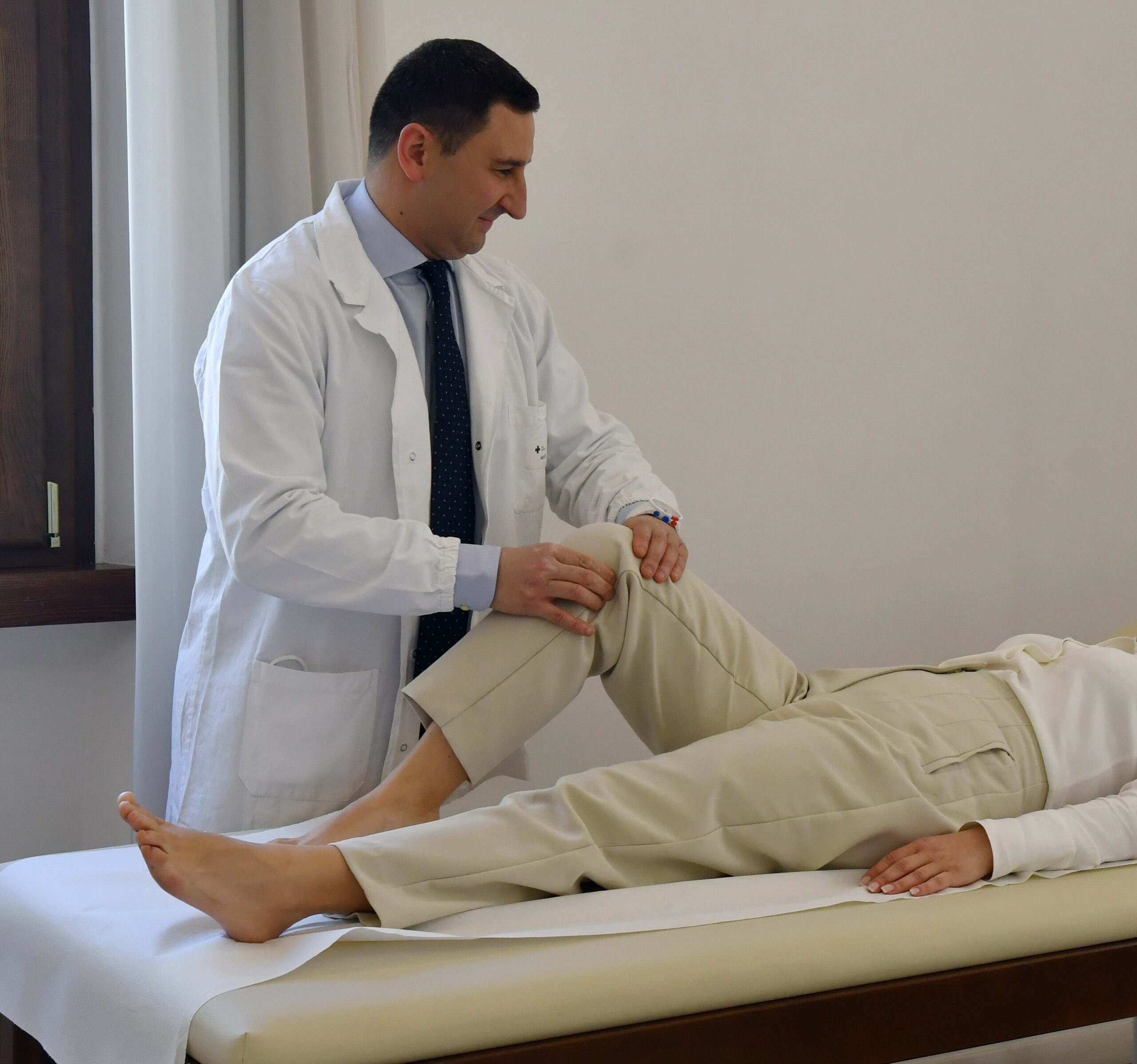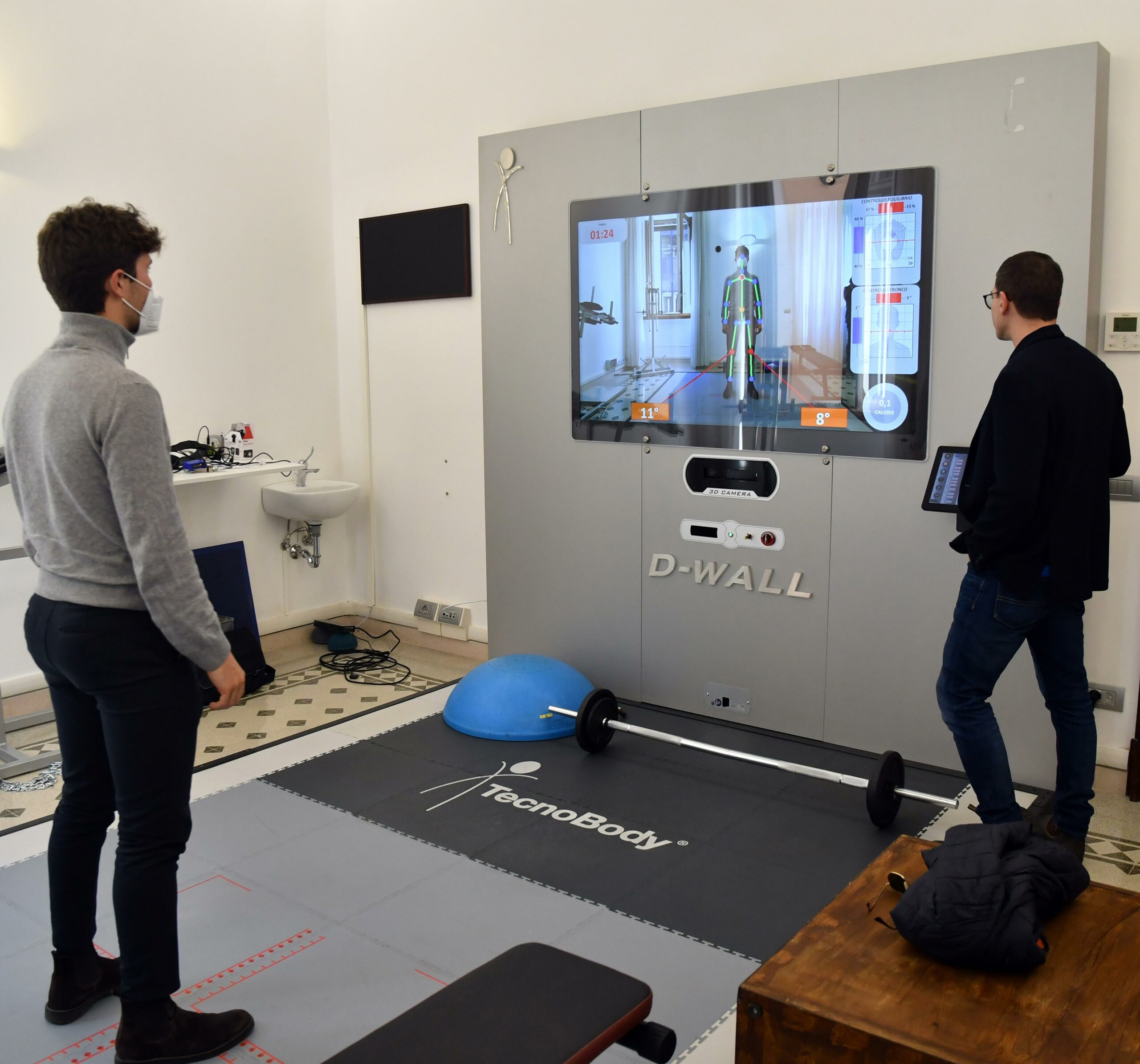The present study aims to investigate the relationship between speed and myoelectric activity, measured during an incremental 25-meter shuttle running test, exploring time-based variations and evaluating balance between muscle groups in the context of this association. Twelve young male footballers (n = 12) with an average age of 18±1.2 years, with an average body mass of 68.4±5.8 kg and an average height of 1.72±0.08 m, of Italian professional youth team (Italiana “Primavera”), volunteered for this study. Each player’s speed during testing was measured using GPS technology, sampling at 50Hz. Myoelectric activities of the gluteal, hamstring, and quadriceps muscles were recorded via wearable sEMG devices, sampled at 100Hz. To ensure alignment of sampling rates, the sEMG data was resampled to 50Hz, corresponding to the sampling rate of GPS data. This allowed a direct comparison and analysis of the data obtained from both measurement systems. The data collected were then analyzed to determine the relationship between the variables investigated and any differences associated with the different sides of the body. The results revealed a high correlation (r2≈0.97) between participants’ speed (m/s2) and their myoelectric activity (μV) during the test. Significant differences between limbs have been demonstrated. In conclusion, the validity between the two tools in this study indicates that GPS and sEMG are valid and consistent in estimating external and internal load during running.
Examining the association between speed and myoelectric activity: Time-based differences and muscle group balance.Marco Porta, Cristoforo Filetti, Aldo Chiari, Italo Leo, Elvira Padua, Gianluca Briotti, Giuseppe Messina, Wassim Moalla, Bruno RuscelloPLoS One. 2024 Mar 13; 19(3)


